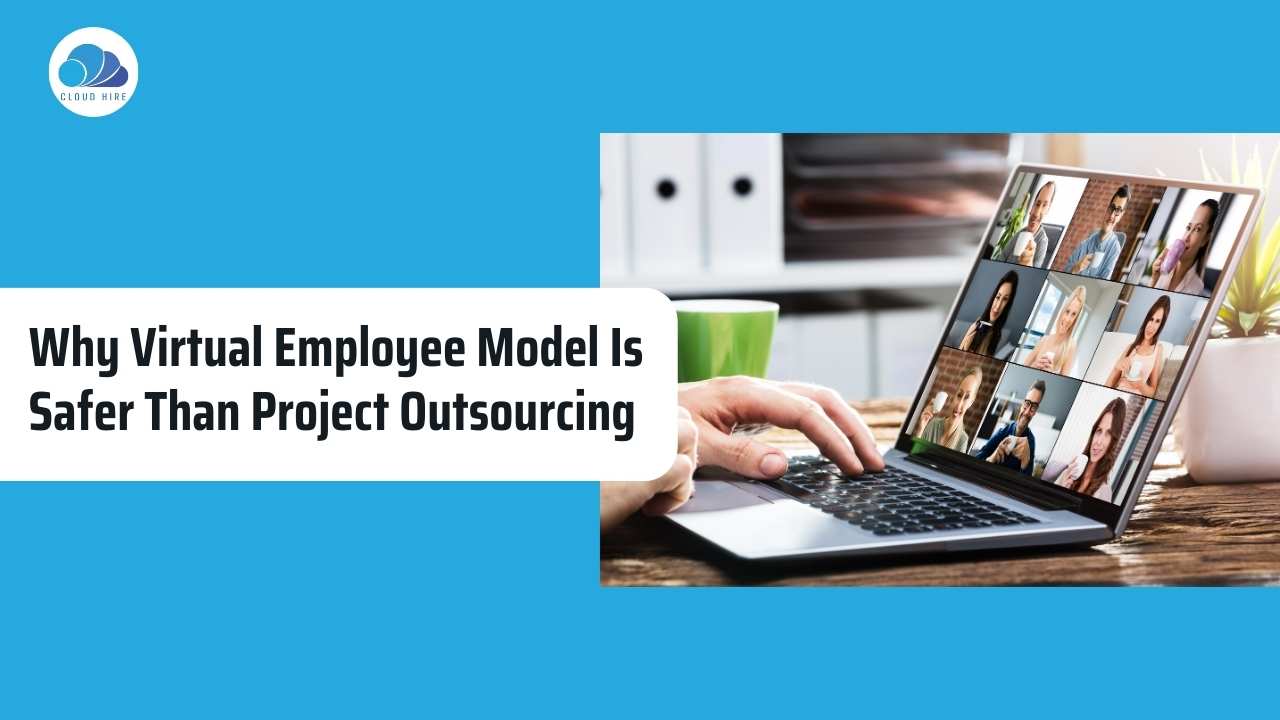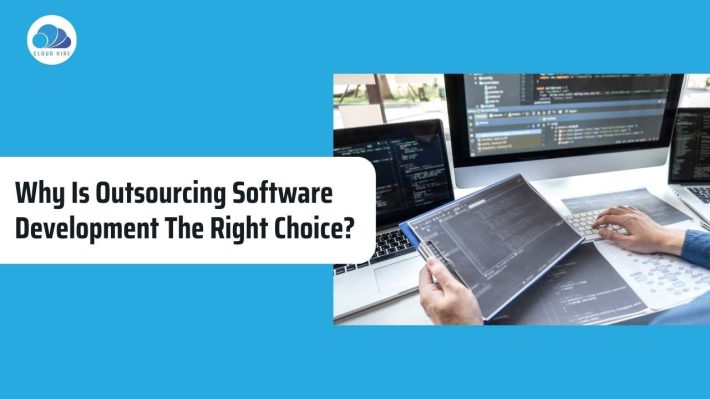Have you ever thought of how dangerous it is to outsource a project? Well, if that’s true, then you are considering it. The thing is, most people don’t consider the risks involved when outsourcing a project. If they ever do though, they shall stop pursuing project outsourcing and focus on the virtual employee model instead.
Time Zone & Productivity Benefits:
Virtual teams are often more productive. When you’re working with a remote employee, you can work around their schedule. You can choose to work early in the morning or late at night, for example. If you’re working in a different time zone, this could be a key advantage for your business.
When it comes to productivity and results, it’s important to consider how much time an employee spends working on projects and tasks versus dealing with customer issues and support requests. The better the connection between these two elements of the job, the more likely you are to get high-quality work done.
One way that companies have tried to increase productivity is by creating virtual teams — teams that are made up of members from different locations who communicate using video conferencing software instead of face-to-face meetings. This allows them to work together without having to travel long distances every day or even every week.
Reduced Project Cost:
In the age of globalization and the Internet, businesses have to be flexible to survive. They cannot afford to make investments for building factories and creating jobs here, because there is no guarantee that they will still be able to do so in a few years.
If you want to grow your business without investing too much money in resources and infrastructure, then outsourcing is a solution for you. Outsourcing can help you with several aspects of your business: from marketing and sales to IT support and HR services.
Outsourcing might seem like an easy way out – just hire someone else to do it for you! However, there are many hidden costs involved with this approach that can quickly turn into a nightmare if not planned properly.
Hidden costs:
The time required by an employee working remotely is usually longer than when he or she works in the office. This means less productivity per hour and higher costs than if they were present in-house.
The process of hiring employees as contractors or freelancers requires a lot of paperwork and legal issues (for example, tax reporting.
It’s hard to monitor employee performance remotely; You can’t always trust employees who are working remotely because they may.
Reduced overhead costs, employee benefits, and other risks:
The Virtual Employee model is a safer and more cost-effective way to manage your business. The benefits of hiring a virtual employee are:
Reduced Overhead Costs
The Virtual Employee model allows you to outsource the work that you don’t need or want to do. This frees up valuable time, allowing you to focus on other aspects of your business.
Employee Benefits
Virtual employees often receive all the same perks as full-time staff, including paid holidays and sick leave. They also enjoy access to training and development opportunities at no additional cost.
Less Risk
You don’t have to worry about investing in expensive training for new hires or managing their performance. Your employees are fully supported by their teams, so there’s less risk of them leaving for another employer without notice.
Your Dedicated Person will be with You for The Long Term:
The biggest advantage of the Virtual Employee model is that you will be able to hire a dedicated person who will be with you for the long term. You can foresee that your business needs a new employee, but it is not easy to find the right candidate. However, if you use the Virtual Employee model, then the hiring process will be much easier because your virtual employee can act as a proxy for a real employee.
A virtual employee is different from an outsourced project because he/she has full access to all the required information about his/her employer and can easily access any data from anywhere in the world. In most cases, this type of employee works from home or an office of his/her employer and has no fixed working hours.
Working with a Virtual Employee is Better Than Outsourcing to a Company:
A virtual employee is a professional who works from home, remotely, or on an as-needed basis. Virtual employees can be used to address real or perceived gaps in a company’s talent pool, but they also can provide an added layer of security and control for employers.
Virtual employees are safer than project outsourcing because there is no loss of intellectual property and no transfer of financial risk. In addition, virtual employees are more cost-effective than traditional full-time employees because they don’t require benefits packages like health insurance and pensions.











